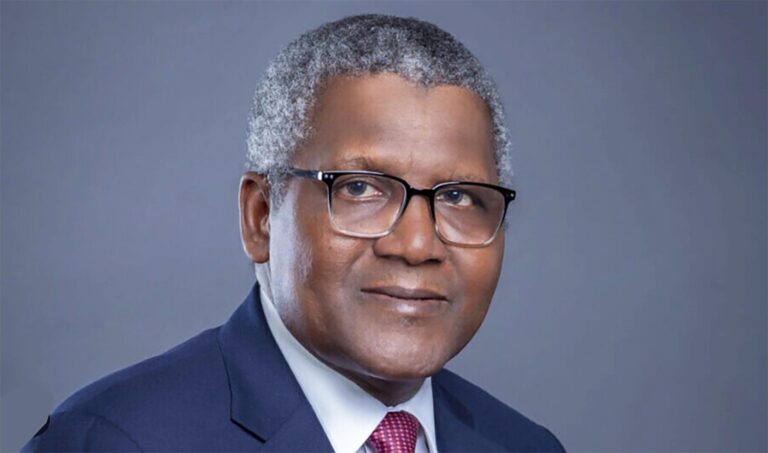By Josh Lipsky & Jeremy Mark
WASHINGTON, DC – Even before COVID-19 began its deadly spread across their borders, developing countries were absorbing severe economic shockwaves emanating from China and advanced economies. And now, in addition to tumbling commodity prices and plummeting export demand, they face a sharp drop in remittances from émigrés and expatriates, the disappearance of tourism, sudden and massive outflows of foreign capital, and depreciating currencies.
Almost overnight, dozens of lower-income countries became unable to repay their debts to sovereign and commercial creditors.
For all the talk of a global economic recovery later this year, developing-country policymakers increasingly fear a prolonged downturn. And now they must brace for the impact of a lethal disease while lacking both adequate health infrastructure and the financial firepower of advanced economies.
Without immediate international action, therefore, developing countries will face an immense humanitarian crisis. The International Monetary Fund’s managing director, Kristalina Georgieva, recently warned that 170 countries could experience negative per capita income growth in 2020. In the developing world, that will result in overwhelming hardship for people who already struggle to support their families. In fact, given the widespread lockdowns aimed at combating the spread of the virus, many risk losing far more than their job: it is not alarmist to say that they could starve.
To be sure, the international community has taken important steps to buy developing countries some time. The IMF and the World Bank recently announced debt-service relief for the world’s poorest countries through the end of 2020, and are rapidly disbursing additional funding – largely in the form of more loans. G20 governments followed suit by freezing bilateral loan repayments due this year, and called on commercial creditors to do likewise – an outcome that could free up as much as $40 billion.
Most important, China signed on to the G20 initiative, having previously resisted joining multilateral debt-relief efforts. A few years ago, China’s government vetoed a proposal to join the Paris Club of sovereign creditors. Last year, it similarly balked at sharing data with the IMF related to debt restructuring in Africa.
Nonetheless, the moratorium postpones the day of reckoning for only a few months. If debt payments resume next year, then low-income countries will still be saddled with a burden that constrains their crisis response. One solution, therefore, would be for the G20 to extend its debt-service freeze at least through 2021, potentially making more than $50 billion available next year.
But the time also has come to consider granting significant debt forgiveness – possibly along the lines of the Heavily Indebted Poor Countries (HIPC) initiative, the most recent multilateral debt-relief program. That scheme – launched in the mid-1990s under the auspices of the IMF and the World Bank, and with the participation of the Paris Club – provided about $76 billion to 36countries, boosted social spending in the poorest economies, and helped to spark an economic resurgence, especially in Africa.
Before the pandemic struck, sovereign creditors were adamant about avoiding another HIPC-type effort. But this crisis inevitably will force a reappraisal, and an extension of the debt-service moratorium should be the first step in that direction.
Private-sector creditors have so far been hesitant to commit to a moratorium, but some debt-distressed countries are already moving toward a restructuring, including of their Eurobond obligations. And while commercial lenders insist that creditor governments should not impose a “top-down” solution, past debt-relief models suggest various options, including Brady-bond-style debt swaps and a World Bank-financed buyback like the one undertaken during the HIPC program.
The IMF and the World Bank should lead the way on the next stage of debt relief, as they did with the HIPC initiative. True, both institutions face financial and legal obstacles, including the requirement to offset their debt forgiveness with their own funds – either contributions from member countries or gold reserves. But an international consensus that debt relief is necessary can overcome these hurdles.
China’s participation will be key, because its lending to Africa alone currently totals at least $152 billion. China has been extremely hesitant about restructuring – let alone forgiving – those loans, but it has publicly embraced the debt moratorium. At the same time, Chinese officials’ continued insistence on bilateral debt negotiations and “market principles” suggests that rhetoric has yet to catch up with practice.
It is essential that China’s leaders grasp the economic and political danger of a developing-country debt crisis. This is the moment for China to prove that its recent heavy lending to poorer countries has not been motivated by debt-trap diplomacy, as some have claimed. And the best way to do this is through a multilateral solution that works for both borrowers and lenders.
The same applies to all creditors. Postponing the day of debt reckoning on debt will only deepen developing countries’ pain. To help them respond effectively to the twin crises of disease and recession, the international community must offer rapid, bold, and comprehensive assistance.








